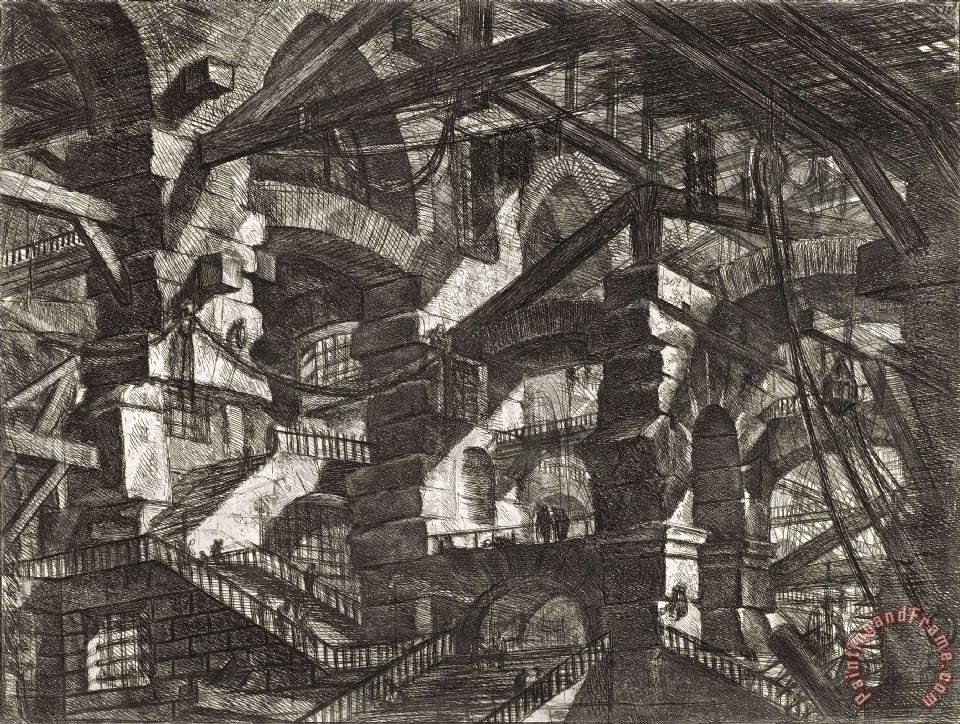

His prints have been preserved in time along with the work of other celebrated printmakers such as Pablo Picasso, Salvador Dalí and Andy Warhol. Many people think of revered Dutch artist Rembrandt as a painter but may not know that he was a printmaker as well. Fine-art prints are created in strictly limited editions - 20 or 30 or maybe 50 - and are always based on an image created specifically to be made into an edition. After all, our closest connection to the printed image is through mass-produced newspapers, magazines and books, and many people don’t realize that even though prints are editions, they start with an original image created by an artist with the intent of reproducing it in a small batch. An artist takes a material like stone, metal, wood or wax, carves, incises, draws or otherwise marks it with an image, inks or paints it and then transfers the image to a piece of paper or other material.įine-art prints are frequently confused with their more commercial counterparts. Printmaking is the transfer of an image from one surface to another. Pursued in the 1960s and ’70s, largely by Pop artists drawn to its associations with mass production, advertising, packaging and seriality, as well as those challenging the primacy of the Abstract Expressionist brushstroke, printmaking was embraced in the 1980s by painters and conceptual artists ranging from David Salle and Elizabeth Murray to Adrian Piper and Sherrie Levine.

07-09_1937, 128.Decorating with fine-art prints - whether they’re figurative prints, abstract prints or another variety - has always been a practical way of bringing a space to life as well as bringing works by an artist you love into your home. Records of the Department of Public Information.
.jpg)
Yet in the first state of the plates, represented by the Brooklyn Museum set, the whole intention has been really expressed and the greater simplicity and freshness carry with a sincerity of inspiration which is somewhat lost in the conscious elaboration of the plates in their late state.īrooklyn Museum Archives. In the later edition of the prints, the effect is complicated by additional structures of stone and wood, additional engines of torture and additional striving figures the dramatic effect is also intensified by terrifying contrasts of bright light and darkened shadows. It is not only an imaginary prison but the prison of the imagination, in which fancy is tortured by huge space, confining walls, the temptations of a maze of unfinished projects and the hopelessness of all of them. It is indeed so madly fashioned by the imagination that it could never have been completed. Half finished arches reach out in mid air toward supporting piers that have not yet been built, galleries lead nowhere, and there are wooden scaffoldings, fragments of machinery and groups of workmen almost lost in the great spaces of the building.
.jpg)
These large prints, admired by the poet Coleridge and described by De Quincy in The Opium Eater, depict scenes in the interior of an imaginary prison of huge proportions fashioned of Cyclopean masonry. The Carceri, or Prisons, etched in 1742, are regarded as Piranosi’s finest work, and the first issue by Bouchard in 1745–1750 is from many points of views more beautiful and interesting than the later issue, called Carceri d’Invenzione, and comprising the fourteen plates elaborated and two additional plates not known to have appeared in the Bouchard edition. The set is in excellent condition and extremely rare. Of these, thirteen are first states and the title page a second state, the first state of the title page differing only by an error in spelling the name of the publisher, Buzard for Bouchard. From July 9th through the summer, the Print Department of the Brooklyn Museum will exhibit a set of the fourteen plates in the first issue of the Invenzioni Capric di Carceri by Piranesi.


 0 kommentar(er)
0 kommentar(er)
